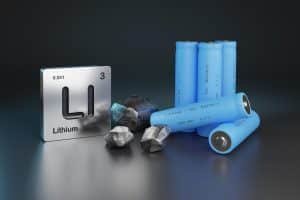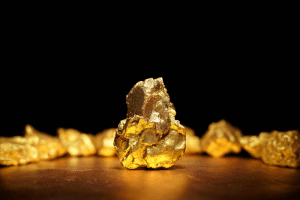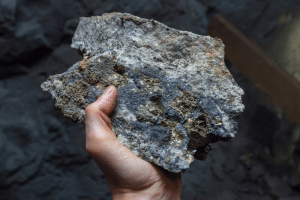As the demand for minerals and natural resources increases, prioritizing mine worker safety becomes paramount. At Whimpy Solid Minerals, we understand the inherent hazards associated with mining operations and recognize the importance of taking preventive measures to safeguard the well-being of miners, local communities, and wildlife. Below, we provide crucial information to establish a strong foundation for maintaining mine worker safety.
#1 Conducting Comprehensive Risk Assessments
Conducting thorough risk assessments is crucial to protect the health and safety of workers and the surrounding environment. Each mining site and the minerals being extracted present unique risks. A comprehensive risk assessment involves evaluating potential health and safety risks associated with the mining process, including:
- Physical injury risks: Controlling noise, vibration, visibility, slips, cave-ins, temperature, and more.
- Exposure to hazardous substances: Ensuring proper ventilation, managing rock bursts, addressing fire, dust, and electrical safety, and more.
- Compliance with environmental regulations: Managing soil acidity, erosion, reforestation, reclamation, waterway protection, and more.
Engaging an impartial third party for the assessment is ideal. Once completed, implement control measures to minimize the likelihood of accidents or injuries. Regular compliance assessments, both scheduled and unscheduled, should also be conducted.
#2 Provide Initial, Mine-Specific, and Ongoing Training for Mine Workers
Knowledge empowers and reduces risks. Regardless of their experience level, all mine workers should undergo the following training:
- Initial training: Standardized company training on policies and procedures.
- Mine-specific training: Training tailored to the unique specifications, risk factors, and compliance protocols of each mine.
- Recurrent training: Annual and as-needed training to refresh knowledge and learn new policies, procedures, and technologies.
#3 Establish Effective Communication Strategies
Effective communication is essential for maintaining mine worker safety. Key communication strategies include:
- Clear equipment labeling and documentation of maintenance and repairs.
- Regular face-to-face meetings to discuss safety topics.
- Utilization of safety-related signs, posters, and visual aids.
- Email, text messages, and digital communication methods.
#4 Provide Adequate Gear and Equipment for Mine Workers
Supply mine workers with site-specific safety gear and ensure proper maintenance of tools and equipment. This includes:
- Equipping workers with appropriate protective gear, such as helmets, gloves, goggles, steel-tip work boots, dust masks, etc.
- Maintaining internal and external first aid equipment, water, and emergency food supplies.
- Implementing a strict maintenance schedule for all machinery and tools, promptly addressing any signs of malfunction.
- Utilizing advanced technology for safety alerts, maintenance reminders, automated communications, and more.
- Investing in new products, tools, and technologies to enhance safety, efficiency, and minimize environmental impact.
Ensuring mine safety is an ongoing process that requires the commitment and compliance of every team member. The aforementioned tips will help establish essential safety elements, each with a built-in system of accountability.




1 thought on “Enhancing Mine Worker Safety: Best Practices for a Secure Work Environment:”
This is really insightful